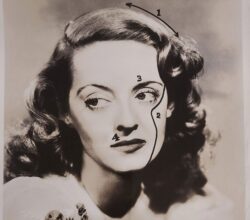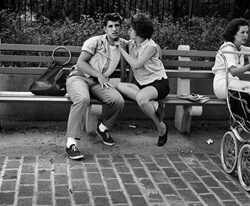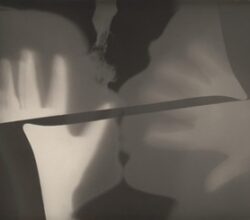
Seydou Keïta’s Revelatory Portraits of Malian Life
Kobby Ankomah Graham | Aperture | 15th August 2025
Keïta’s photography tells deep stories. Some portraits have figures posing on motor bikes, symbolising modernity in newly independent 1960’s Mali. Malian eyes would likely pick out the textiles though, that displayed not just traditional designs but also influences from French colonial fashions. In his meticulous images, “individuals claim space within a rapidly shifting society. Keïta crafted a distinctive modernist photographic language anchored in the Malian arts of textile.”



